"Illuminate your home with the divine radiance of Diwali by embracing our exclusive Diwali Pujan Samagri set, meticulously curated with 40 sacred items including the revered Kuber ji ki potli, known to usher prosperity. Experience the essence of a traditional home pooja like never before, as our pure and thoughtfully selected pooja samagri ensures that you don't miss out on the cherished rituals that make this festival truly special. Make this Diwali an unforgettable celebration of spirituality and abundance with Indicraft authentic and exquisite range of pooja essentials."
List of Puja items/Samagri
1.Arti Book - An "Arti book" typically refers to a book or collection of hymns, songs, and prayers that are used during the performance of an Aarti ceremony in Hindu religious traditions. An Aarti is a ritual in which a deity, usually an idol or image of a Hindu god or goddess, is worshipped through the waving of a lit lamp or camphor in front of the deity while singing or reciting devotional songs.
2. Kapur / Camphor - Since Kapur inspires spiritual thinking, some believed it to be a divinity. Kapur alone brings about the completion of the puja thali. Along with welcoming the deity and positive things in life, Kapur is also used to welcome new things and remove evil energy from the home.
3. Dhoop - The pleasant scent helps followers think and speak positively about their spirituality and may also be utilized to help them focus when meditating. Dhoop offers a number of benefits, including the deity Lakshmi's visits and the puja room's pleasant aroma.
4. Honey- During Abeshekam, all the gods get pure natural honey, which is regarded as pleasant and pure. When abhishekam is performed with honey, it gets rid of anyone's poor disposition and negative ideas.
5. Paddy - paddy in prayer and rituals can vary by region and specific traditions within Hinduism. Paddy rice is deeply connected to the agricultural heritage of India and represents both sustenance and spiritual significance in Hindu culture.
6.Akshat/Rice – Akshat Tilak is a symbol of purity, good luck, and blessings. The rice grains signify abundance and prosperity, while the red or saffron kumkum represents the divine energy. The tilak marks the individual as someone who has received blessings or has participated in a religious ceremony. It is believed to protect the person from negative energies and bring auspiciousness. In religious contexts, the akshat tilak is often applied to the deities during worship and is then transferred to the foreheads of devotees, symbolizing the blessings of the deity. In social and cultural settings, it is common for family members, elders, or priests to apply the Akshat Tilak during special occasions like weddings, festivals, and pujas. The Akshat Tilak is an integral part of Hindu rituals and customs, and it serves as a way of invoking blessings, offering respect, and marking auspicious occasions with the divine energy of akshat and kumkum.
- 7. Clay Diya - Clay Diyas are commonly used during various Hindu festivals, ceremonies, and rituals. They are lit to create an atmosphere of divinity and spirituality.They are often placed on altars, in front of deities, or around the home to symbolize the presence of light and the dispelling of darkness.
8.Tilak- A ring finger should be used to apply tilak, which is a significant puja samagri, on the third eye. Depending on their importance and the recipient's character, several forms of tilak are applied. People with fiery temperaments frequently use Chandan or sandalwood tilak, which is thought to have a cooling and soothing impact on the person. While turmeric represents wealth, red tilaks represent warriors.
9. Agarbatti- A fragrance stick's ability to produce a pleasant scent has significant therapeutic and comforting effects on the body and mind. Agarbatti is an integral element of our ceremonies. During the puja, the god enjoys pleasant and natural fragrances. At Indicraft you can buy beautiful Incense holders or Incense Stick Holders for your home altar or for pooja thalis.
10. Cotton Wick (Small/Big) – (Cotton Wick Small) - Small cotton wicks are commonly used in traditional clay Diyas (oil lamps) during Hindu religious ceremonies and festivals, such as Diwali. These small wicks are placed in the cavity of the Diya and soaked in oil, and when lit, they provide a small but steady flame. Pooja: Small cotton wicks are also used in the context of Hindu pujas and religious rituals. They are lit as offerings to deities, symbolizing the offering of light to the divine. Practical Uses: Small cotton wicks can also be used for lighting small candles or in oil lamps for various decorative and functional purposes. They are often used for creating a serene and peaceful ambiance.
(Cotton Wick Big) - Aarti: Big cotton wicks are often used for performing Aarti ceremonies in Hindu rituals. The larger wicks produce a more prominent flame, which is waved in front of the deity as part of the Aarti ceremony. Yajnas and Homa: In Vedic fire rituals like yajnas and homa, large cotton wicks are used as oblations. These wicks are typically soaked in ghee (clarified butter) and offered into the sacred fire as a form of devotion and prayer.
Temples: In Hindu temples, especially during special ceremonies and festivals, you can find large cotton wicks being used in the temple lamps. These wicks produce a substantial flame, and they are an integral part of temple rituals and decorations. Decorative and Cultural Events: Larger cotton wicks are sometimes used in decorative oil lamps during cultural events and processions, adding a festive touch to the occasion.
-
Cloves+Cardamom - Cloves and cardamom are aromatic spices that are sometimes used in prayer, rituals, and religious ceremonies, especially within certain Hindu traditions. Here's how these spices are used in prayer and their significance
12. Perfume/Itar- The frequency of Odor helps the embodied soul at the level of the physical body since they are linked to the Absolute Earth element. A soothing and pleasing fragrance emits frequencies that quickly draw the attribute less Essence of the Gods and goddesses in the Universe and aids the embodied soul in keeping the benefits of Chaitanya for a longer period of time.
13. Gandha (Sandalwood)- Because of the attributes of the substance from which it is manufactured, its delicate aroma, and its distinctive colour, when gandha is put to the midbow area of the Deity in the image or the Idol, the Surya Nadi of the Deity is awakened.
14. Gulal- The fragrant gulal-produced particles in the subtle air attract the Divine force Principle in the universe. Additionally, the gulal makes the latent frequencies in the environment that are enriched with Chaitanya mobile. Thus, they are advantageous to the worshiper.
15. Turmeric- The worshiper gains from both the frequencies of the Deities and the earth frequencies in turmeric since it is presented to the Deities. As a result, he develops his sattva quality and has the capacity to endure distressing frequencies. Get an auspicious haldi kumkum holder from Indicraft online.
16. Vermillion- Negative energy is kept from getting into the body through the midbow area by putting this vermilion on the forehead. The sattva component of vermilion has progressively faded with the passage of time. Pure vermilion is difficult to get by nowadays.
17. Janeu- By giving the janeu to the gods, you are causing them to act in duality and encircling their entire field of brilliant light in the holy thread's circles. The harmonics of sound released by the janeu, which is formed of thread and charged with mantra energy, awaken the attribute-less Essence of God from the Creation.
18. Cotton Cloth (Red/White/yellow) - The use of red, white, and yellow cloth in Laxmi Puja (worship of Goddess Lakshmi) is a common practice in Hinduism, especially during Diwali and other auspicious occasions. Each of these colors holds specific significance and symbolism:
Red Cloth: Red is a color associated with strength, power, and passion. In the context of Laxmi Puja, red cloth is often used to adorn the altar or the image of Goddess Lakshmi. It symbolizes the transformative and empowering energy that the goddess brings, as well as the desire for wealth, prosperity, and success.
White Cloth: White is a symbol of purity and represents the presence of divine energy. White cloth is typically used to cover the altar or deity's image before the actual puja begins. It signifies a clean and sacred space for the goddess to reside and bless the devotees.
Yellow Cloth: Yellow is associated with knowledge, wisdom, and happiness. It is considered an auspicious color in Hinduism. During Laxmi Puja, yellow cloth is often used as an offering and is draped over the deity's image or idol. It represents the devotion of the devotees and their desire for joy and prosperity.
-
Holy water- The Sacred Rivers the Seven Holy Rivers are the Ganga, Godavari, Narmada, Kaveri, Krushna, Brahmaputra, and Yamuna. The ceremonial pot, which is utilized during ritualistic worship, is filled with water that is gathered from each of these seven rivers. The five vital forces, which are present in the body of the devotee as latent gases encircling the navel, are activated by the Divine energies in this holy water when done with spiritual emotions and devotion. These subtle gases serve to diffuse the Divine vibrations throughout the devotee's entire body. The vital energy sheath and body of the incarnate soul are subsequently purified as a consequence.
20. Rangoli- The Goddess/ God is thought to really visit homes during Puja because Rangolis are a sign of good fortune. The geometrical patterns and motifs made with rice flour and applied at a home's door invite Gods within and ward off bad spirits. Nowadays acrylic rangolis are very popular to buy from various e-portals like Indicraft.
21 Gulab Jal (Rose Water) – In Hinduism, rose water is one of the items offered during religious ceremonies and worship (puja). Devotees may use rose water to sprinkle or anoint deities and idols as a sign of respect and devotion. It is often offered along with other offerings like flowers, incense, and sweets.
- Sacred Thread(moli) – The sacred thread, often referred to as "moli" or "kalava," is a significant element in various religious and cultural traditions, especially in Hinduism. Its use in prayer and religious ceremonies can vary depending on the specific ritual or tradition. Here are some common uses of the sacred thread in prayer and religious practices:
- Lotus Seed – Lotus seeds hold significant symbolic and ritual importance in several religious traditions, especially in Hinduism and Buddhism. They are often used in prayer and religious ceremonies for their association with purity, enlightenment, and spiritual growth.
- Laxmi Charan sticker - Goddess Lakshmi Worship: Lakshmi Charan stickers are placed on altars, prayer spaces, or walls where worship of Goddess Lakshmi is performed. The footprints symbolize the goddess's arrival and are believed to bring blessings of wealth and prosperity to the home.
- Matchbox – A matchbox is a small, portable container designed for holding matches. It typically consists of a small rectangular or square box made of cardboard or paperboard, with a striking surface on one side. Inside the matchbox, you'll find wooden or paperboard sticks with a combustible tip that can be ignited by striking them against the rough surface provided within the matchbox.
- Betel Nut - Betel nut, also known as areca nut, is a seed from the areca palm tree and is commonly used in some cultures for various purposes, including cultural, social, and ritualistic activities. While it's not a typical component of prayer in most religions, it does have specific roles in certain religious and spiritual practices, particularly in Hinduism and some indigenous traditions. Here's how betel nut is used in prayer and related rituals:
Hindu Worship and Rituals: In some Hindu rituals, especially those dedicated to Lord Shiva, betel nuts are offered as a symbol of devotion. They are sometimes placed on the altar along with other offerings, such as flowers, incense, and sweets. Betel nuts are considered sacred and are offered to deities as a sign of reverence.
- Red Turmeric powder – Turmeric powder, including red turmeric powder, is used in various religious and spiritual practices, especially in Hinduism and some other South Asian cultures. It holds symbolic significance and is incorporated into prayer rituals and ceremonies for its auspicious and purifying qualities. Here's how red turmeric powder is used in prayer:
Auspiciousness: Turmeric is considered a symbol of purity and auspiciousness in Hinduism. It is associated with Lord Ganesha, the elephant-headed god of wisdom and beginnings, and is believed to be his favorite. As a result, it is used to invoke blessings and seek auspiciousness during prayer and religious ceremonies.
-
Coriander Seeds – in some specific cultural or spiritual practices, herbs and spices, including coriander seeds, may be used for their symbolic or ritualistic significance. These uses can vary widely, and the specific practice will depend on the tradition or belief system involved. Here are a few contexts where coriander seeds might be used in a spiritual or ritualistic manner.
Aromatherapy and Incense: Some spiritual practices use aromatic herbs and spices, including coriander seeds, for their fragrant properties. These substances may be burned as incense or used to purify and cleanse the environment during meditation or prayer.
Herbal and Kitchen Witchcraft: In various pagan and Wiccan traditions, herbs and spices, such as coriander seeds, are used for their magical and spiritual properties. They may be incorporated into rituals, spells, or offerings to align with specific intentions.
- Abir-White – Worship of Goddess Saraswati: In some regions, abir may be used during the worship of Goddess Saraswati, the deity of knowledge, music, and the arts. It is believed that offering abir to the goddess can enhance one's creativity and wisdom.
30.Disposable paper bowl – Offerings: Offerings of food, fruits, flowers, or other items may be made to deities or ancestors as a sign of devotion.
Disposable paper bowls may find practical use in religious or cultural events where food is served as part of a communal or charitable activity, such as the distribution of prasadam (blessed food) during certain Hindu rituals or the serving of meals during Sikh langar. In these cases, paper bowls are used for serving food and are not a direct part of the prayer or religious ritual itself.
However, the use of disposable paper bowls can vary in different cultural and religious contexts, and their use in a religious context would typically be related to the preparation or sharing of food, rather than being an integral part of the prayer or worship ceremony itself.
- Yellow mustard – Hinduism: In some Hindu practices, mustard seeds may be used as offerings to deities during prayer. They are typically offered along with other items, such as flowers, incense, and sweets, as a symbol of devotion and the desire for blessings. Mustard seeds may also have protective or purifying symbolism.
- Photo-Laxmi Ji Ganesh Ji – On specific Hindu festivals, such as Diwali, images of Lord Ganesha and Goddess Lakshmi are an integral part of the celebrations. They are prominently displayed, worshipped, and offerings are made to seek their blessings.
Images or photographs of deities in Hinduism serve as a focal point for devotion and a tangible representation of the divine. They help devotees connect with the spiritual presence of the deities and facilitate a sense of closeness during prayer and worship. The specific practices and rituals may vary among different households and regions within Hinduism, but the use of such images is a common and deeply ingrained aspect of Hindu religious customs.
- Laxmi Yantra – A Lakshmi Yantra is a sacred geometric diagram that represents Goddess Lakshmi, the Hindu goddess of wealth, prosperity, and abundance. Yantras are an important part of Hindu spirituality, and a Lakshmi Yantra is specifically used for attracting wealth and prosperity. Here's how a Lakshmi Yantra is used in prayer and related rituals:
Installation: A Lakshmi Yantra is typically made of metal, paper, or other materials. Before using it in prayer, it needs to be consecrated or energized. This is often done by a priest or a spiritual teacher through a process known as prana pratishta, which infuses the Yantra with divine energy.
- Lai Batasha – Lai or Batasha is a traditional Indian sweet made from sugar and is commonly used in Diwali and other festivals. It is known by different names in various parts of India, such as Batasha, Chura, or Laai. Lai Batasha has cultural and regional significance, and it is used in various ways during the festival of Diwali, also known as the Festival of Lights. Here's how Lai Batasha is used during Diwali:
Offerings to Deities: Lai Batasha is often used as an offering to deities during Diwali puja (worship). It is placed on the altar alongside other offerings like fruits, flowers, incense, and lamps. Devotees offer Lai Batasha to seek the blessings of the gods and goddesses for prosperity and well-being.
35.Kuber ji Potli – Symbol of Wealth: Lord Kuber is revered as the guardian of wealth and prosperity in Hinduism. A potli associated with Kuber could be seen as a symbolic representation of his blessings.
Prayer and Rituals: In some personal or cultural practices, a Kuber Ji Potli might be included in prayers or rituals focused on wealth and financial success. It may be placed on an altar or dedicated space during these rituals.
Offerings: The potli may be considered an offering to Lord Kuber. Devotees may make offerings, light lamps, and recite specific mantras or prayers to seek the deity's blessings for financial well-being.
- Gomti chakra – Gomti Chakra, also known as "Gomti Shankh" or "Cowrie Shells," is a unique and naturally occurring shell-like structure that is found in the Gomti River in India. It is considered to be a sacred and auspicious object in Hinduism and some other spiritual traditions. Gomti Chakras are often used in prayer and rituals for various purposes. Here's how Gomti Chakras are typically used:
Worship and Prayer: Gomti Chakras are often placed on altars or in prayer rooms and used as sacred objects of devotion. They are revered as symbols of divine blessings and are believed to bring good fortune.
- Kodi – in various forms, are used in prayer and religious rituals across different cultures and belief systems. Shells can carry symbolic meanings, and their use in prayer is often associated with the representation of the divine, natural elements, protection, and purification. Here are some common ways shells are used in prayer:
Offerings: Shells, especially seashells, are offered to deities as a gesture of devotion and gratitude. In Hinduism, for example, conch shells are considered sacred and are used in rituals to invoke divine blessings. The conch shell (shankha) is associated with Lord Vishnu.
- Haldi Gath – Haldi Gath" or "Haldi Gatha" refers to the turmeric rhizome, a type of underground stem, that is used in various cultural and religious practices, particularly in Hinduism. Turmeric holds significant cultural and spiritual symbolism and is used in prayer and rituals in several ways:
Auspiciousness: Turmeric is considered auspicious in Hinduism and is associated with purity, fertility, and well-being. It is often used to invoke blessings during prayers and rituals.
Ritual Cleansing: Turmeric is known for its purifying and cleansing properties. It is used to cleanse and purify the environment and individuals involved in the prayer or ceremony. It is often sprinkled or smeared on religious idols, altars, and objects, as well as on the foreheads of worshippers.
Offerings: Turmeric may be offered to deities during Hindu puja (worship) as part of the rituals. Devotees may sprinkle or apply turmeric powder to the deity's idol or image as an offering, symbolizing respect, devotion, and a desire for the deity's blessings.
- Photo-Kuber Ji - Altar Setup: As part of Diwali preparations, people typically set up an altar or puja space in their homes. The altar is adorned with various items, including religious idols, images, and photos of deities, incense, oil lamps, flowers, and other offerings.
Invoking Blessings: The photo of Lord Kuber is placed on the altar as a representation of the deity. Devotees offer prayers and recite specific mantras or shlokas that invoke Lord Kuber's blessings for wealth, prosperity, and financial stability.
Offerings: Devotees make offerings of sweets, fruits, flowers, incense, and lamps to Lord Kuber as a sign of respect and devotion. These offerings symbolize gratitude for the wealth and prosperity that he is believed to bestow.
40.Guggal dhoop - Guggal dhoop, also known as guggal incense, is a type of incense made from the resin of the guggal tree (Commiphora wightii). This incense has been used for centuries in various religious and spiritual practices, particularly in Hinduism, Buddhism, and Ayurveda. Here's how guggal dhoop is typically used in prayer and rituals:
Purification: Guggal dhoop is known for its purifying and cleansing properties. It is often used at the beginning of prayer or rituals to purify the environment, create a sacred space, and remove negative energies.
Offerings: Guggal dhoop is offered to deities and spiritual entities as part of religious rituals. It is considered a sacred and fragrant offering to invite the blessings and presence of the divine.
Meditation and Yoga: Some individuals use guggal dhoop during meditation and yoga practices. The soothing and grounding aroma of guggal is believed to aid in concentration and spiritual focus.
Yagna and Homa: In Hindu rituals such as yagna and homa (fire ceremonies), guggal dhoop is sometimes added to the fire as an offering, symbolizing the purification of the offerings and the invocation of divine blessings.
Box Size -
Length - 29 in cms
Width - 22 in cms
Height - 11 in cms
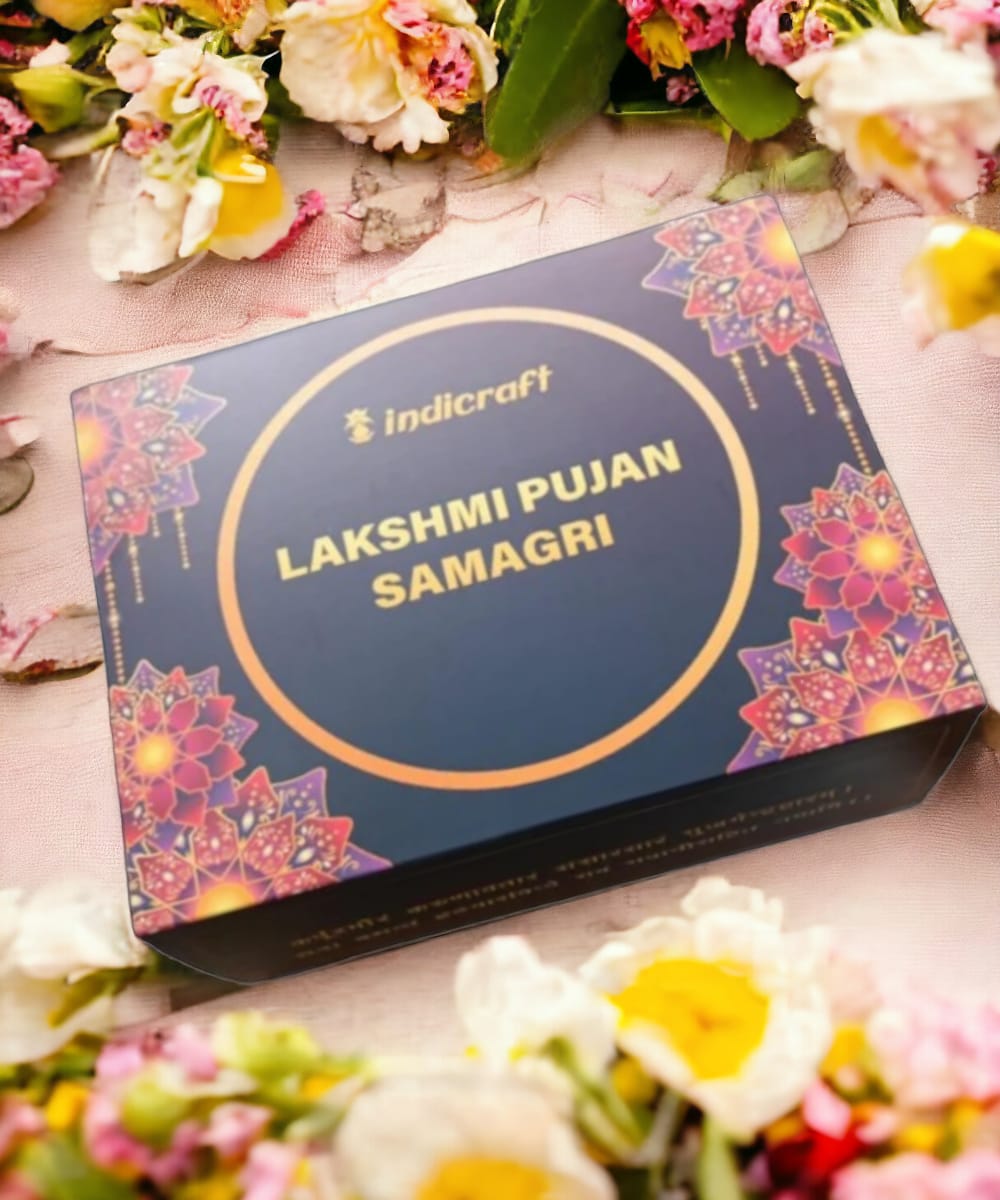
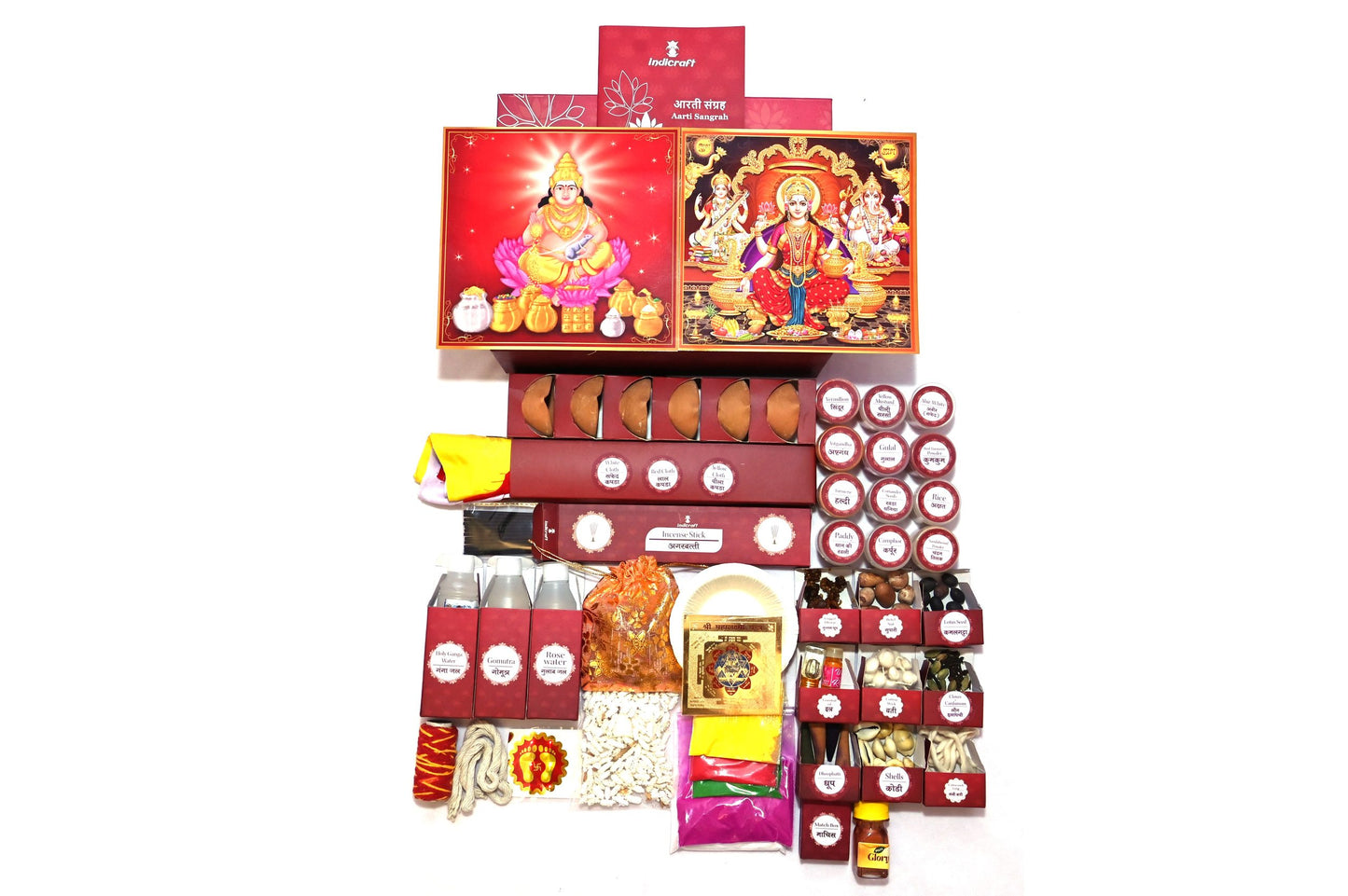

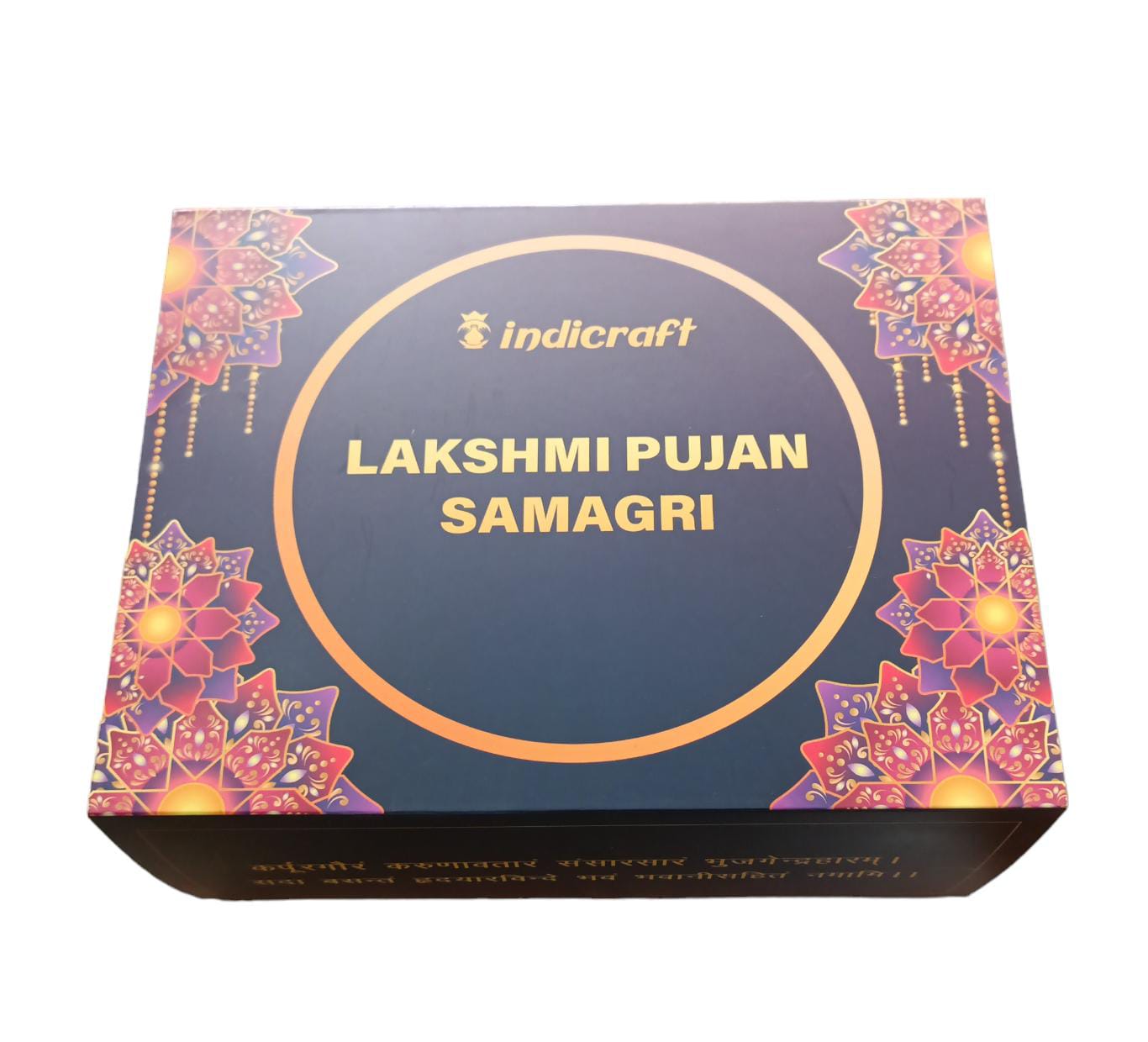
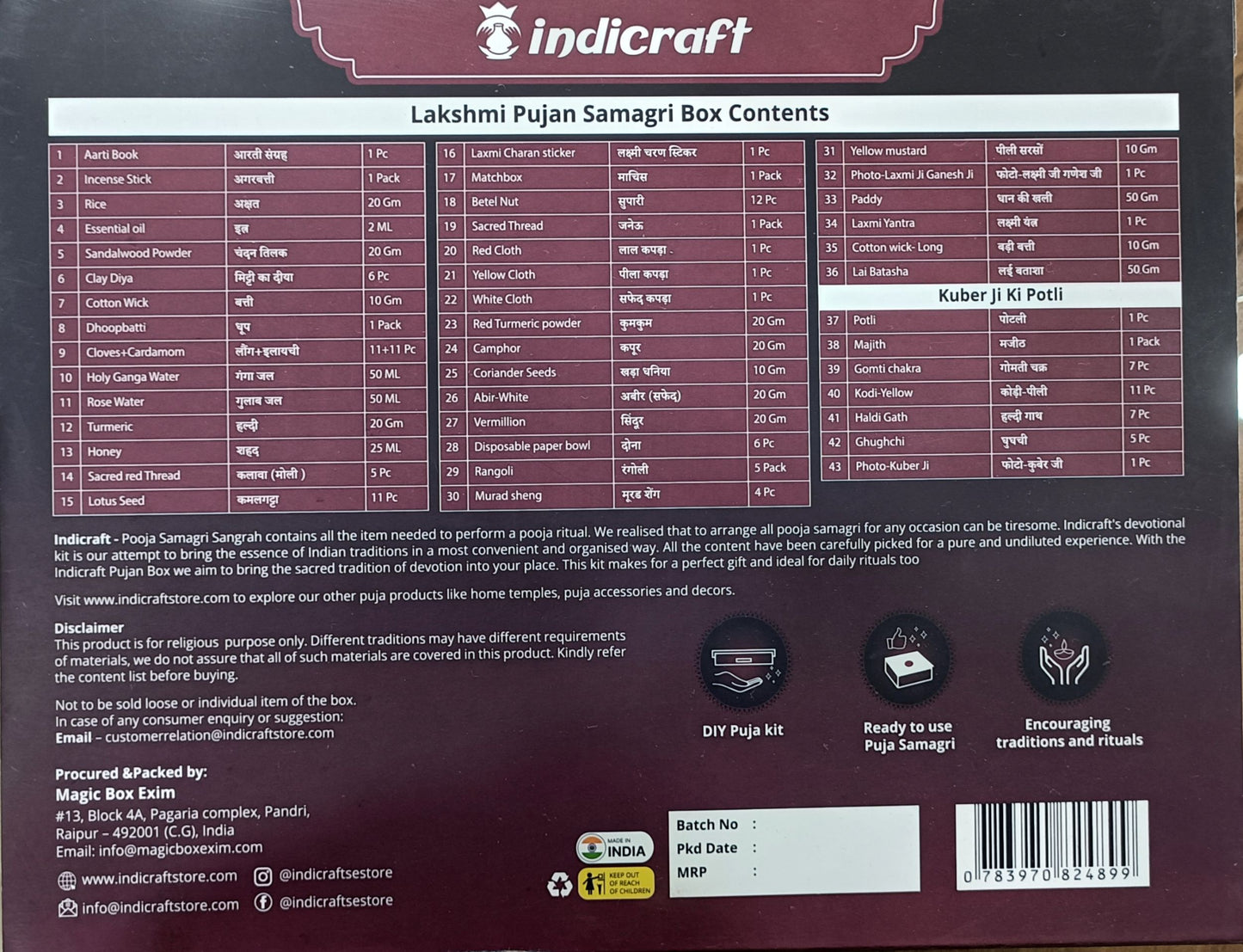

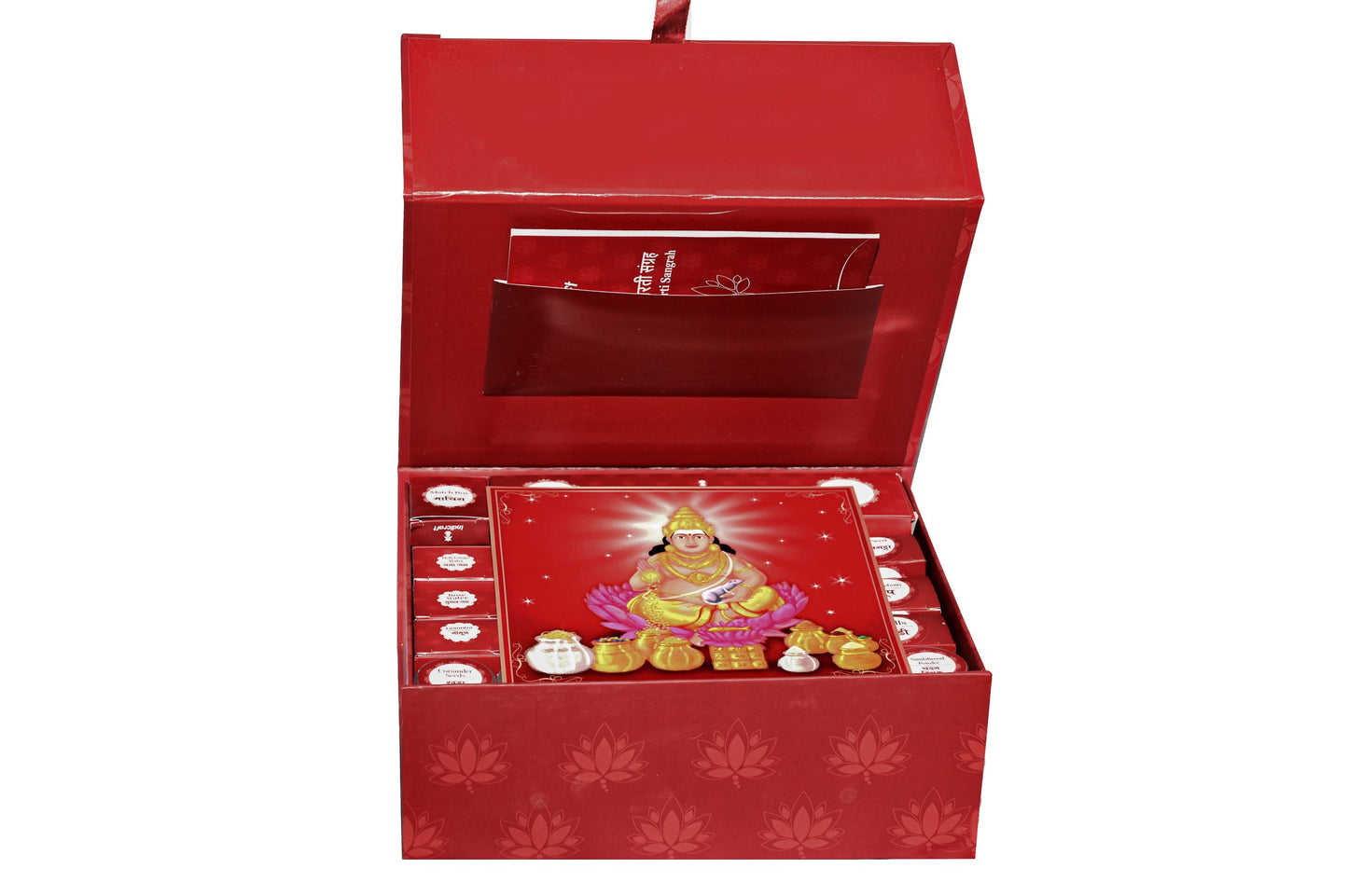
 Shipping Australiawide
Shipping Australiawide










